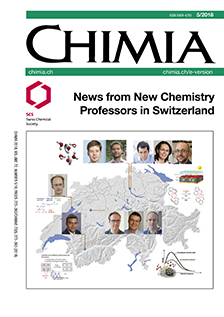Understanding Chemical Reactions beyond Transition-State Theory
DOI:
https://doi.org/10.2533/chimia.2018.309Keywords:
Instanton, Nonadiabatic, Path integral, Quantum, Rate, Ring polymer, Transition-state theory, TunnellingAbstract
Transition-state theory is one of the most successful theories in chemistry. Not only does it provide a simple formula for computing the rate of a reaction but it defines our understanding of how a chemical reaction occurs – by overcoming an energy barrier. However, the theory is based on classical assumptions and ignores several quantum effects which can be important for certain reactions, particularly those involving hydrogen transfer at low temperatures. We are developing a more general quantum version of transition-state theory which reveals how quantum tunnelling and nonadiabatic effects can strongly affect the rate.Downloads
Published
2018-05-30
Issue
Section
Scientific Articles
License
Copyright (c) 2018 Swiss Chemical Society

This work is licensed under a Creative Commons Attribution-NonCommercial 4.0 International License.
How to Cite
[1]
Chimia 2018, 72, 309, DOI: 10.2533/chimia.2018.309.







